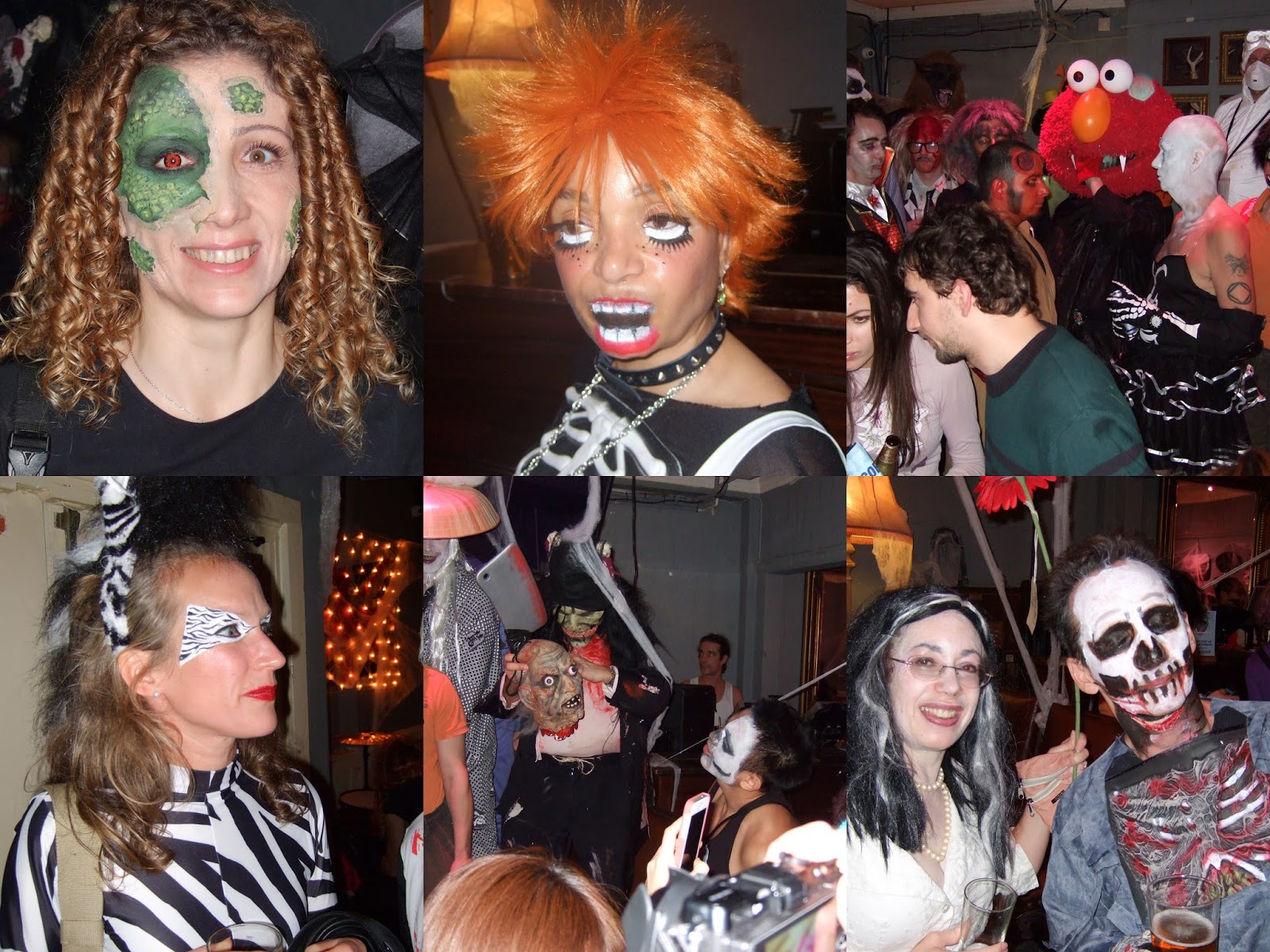Last week I posted about some books which, while well written and definitely a good choice for some people, really didn't appeal to me because of the genre they were written in. One of them was
Crosscurrents by Jane Jackson. I actually wanted to be nice about this book because it is well written and well researched and does have a lot of enthusiastic readers. But I was, undoubtedly, a bit snide about Historical Romance, because I just struggle to read books in that genre. Jane has, quite rightly, taken me to task for this. We shouldn't dismiss any genre out of hand (and Jane listed some of her favourites and she certainly practices what she preaches). So I'm very happy to have her guesting on my blog this week about why we should give her genre the respect it is due.
_____________________________________________________
On Monday 1st December Tom posted a cover image
of my book ‘Crosscurrents,’ a historical romance he’d read and reviewed even
though he doesn’t like the genre. (At
least he managed to finish it. The other two authors were abandoned.)
I fully accept that taste in books - as in everything else -
is very much a personal matter. But
what snagged like a thorn about Tom’s review – and he has generously offered me
this opportunity to respond - is the patronising manner men adopt – perhaps
unconsciously, perhaps not - when reviewing historical romance.
(If men asked their lovers, wives, partners, why they
enjoy reading romance, historical or contemporary, and took on board the
answers, might there be more contented women and fewer frustrated men? Just
saying.)
Back to the review:
Those of us who spend months researching the period in which our stories
are set, studying the social customs of the day, wars, politics, ship
accommodation and sail plans, the effects of wind speed on sea conditions,
details of dress, household hierarchy, coach travel, small arms, gaming houses
etc, might be forgiven a sigh when reading a review that focuses on clichéd
stereotypes such as: bosom-heaving, calf-turning, suitable for granny.
Oh please! (Though to give credit
where it’s due, he did say it was well-written.)
But more irksome were errors in the review.
For the record: 1.
The new type of engine featured in the story is not powered by steam,
but by hot air. This is revolutionary and an attempt to develop a safe alternative
because exploding high-pressure steam boilers are causing hundreds of
deaths.
2. There are two couples in this story, and the review
wrongly links the girl from one with the man from the other.
All that aside, Tom does have a point regarding a section of
the historical romance genre. On-line
publishing means that anyone can write a book, source a cover image and ISBN
number then upload their work for sale without any of the screens and checks
imposed by publishing companies, such as editing for factual accuracy,
anachronisms, etc.
Professional self-published authors use beta-readers, employ
a qualified and experienced freelance editor, pay for an individually designed
cover, and go to great lengths to ensure their book is the best it can be before
publication. A far greater number don’t.
So books marketed under the heading of ‘historical romance’
range from stories by authors who try to create a realistic setting for their
characters, to those featuring situations that in real life could not have
happened: marquises marrying servant girls, dukes renouncing their inheritance
for love.
Such books reveal the author’s lack of (research?)
understanding of a class system in which breaking the rules resulted in losing
your place in society; being shunned by family and friends; and for a married
mother the likelihood of being permanently separated from her children. They are contemporary attitudes in fancy
dress. That an avid readership exists for
these books says much for the enduring power of the ‘Cinderella’ story. But it may also explain the perception of
historical romance as ‘fiction lite’ compared to crime or mystery or suspense
genres. Yet I have used all those elements to great effect in historically
accurate stories that also feature a powerful romance. (And have been short
listed three times for major awards)
With 28 books published in multiple languages worldwide, 13 of
which are historical romances, I am proud that they appeal both sexes and all
ages. Yes, the majority of readers are women because more women read for
pleasure. One chap I know buys each new one for his wife for her birthday or
Christmas, but he reads it first. I’m not sure how she feels about that. He told me he always gets lost in the story,
not wanting to put it down yet not wanting it to end.
Feedback shows that women enjoy the depth and complexity of
the love story evolving between people who are the product of their background
and upbringing and events that have shaped their lives and personalities. Men
identify with the male characters’ problems and struggles set against the
historically accurate background. In ‘Crosscurrents’ this involves brewing,
development of a revolutionary engine to power a ship, revelation of shocking
family secrets and the gritty reality of early C19th life in the port of
Falmouth.
Why not try it for yourself? Or give a copy as a gift?
Crosscurrents by Jane Jackson, published by Accent Press as
an ebook and paperback. Available on
Amazon or at any independent bookseller.




















